smd led identification
- Category: 2016 SMD LED
- Brand:ARKTECH
- delivery date: 7 to 9 working days
- payment method: We offer payment options such as Paypal, TT (Telegraphic Transfer), or LC (Letter of Credit)
- Our team offers all-round technical support, including designing according to your requirements, selecting the best solutions based on cost and reliability, principle and LAY-OUT design, customizing s
| Product name | smd led identification |
| Keyword | lorell 8 watt smd led task light,factory surface mount smd led oem,5050 smd led strip types,smd led foldable desk lamp,smd led connection,5050 smd led 10k,0603 smd led size |
| Place of Origin | China |
| Brand | ARKTECH |
| Current | 100MA |
| Power | 1.6W |
| Voltage | 0.8V |
| Raw material | Copper bracket/ pure gold wire |
| Quantity | 2917pcs/reel |
| Dimensions | 4.9mm*5.8mm*1.1mm, (Contact us for specific information to confirm) |
| Applicable Industries | energy-saving lighting, etc. |
| Color | Ash |
| Weight | 16mg |
| Product Description | 3w smd led,SMD 5730 LED Blue 0.5W chip,0603 smd led blue,SMD 5050 LED 1.5W RGB chip-It is a new surface packaging technology that encapsulates LED chips in tiny weldable packaging films and performs surface spot welding on the PCB substrate, thus improving the reliability and production efficiency of LEDs. Compared with traditional LED packaging, SMD LED has the advantages of small size, large light-emitting area, high power, low packaging height, and multiple color temperatures, and can greatly reduce costs through automated production processes. |
| delivery date | Our standard delivery time is 7 to 9 working days. |
| payment method | We offer payment options such as Paypal, TT (Telegraphic Transfer), or LC (Letter of Credit). |
| Life span | 51789 + hours (Contact us for specific information to confirm) |
| warranty | We provide a warranty period of 2 years |
| Advantage | We keep good quality and competitive price to ensure our customers benefit |
| Packing | 14x15.18x14.1mm(Contact us for specific information to confirm) |
| Sales country | All over the world for example:Andorra,Mozambique,Mauritania,French Guiana,Philippines |
| MOQ | 9 reel(Contact us for specific information to confirm) |
| customization services | We welcome customization requests for our products |
| production capacity | We have the capacity to produce 87kk pieces of LEDs per month. |
Segment led display, Custom LED display, Through hole LED, High power LED(Please contact us for specific information about Segment led display)
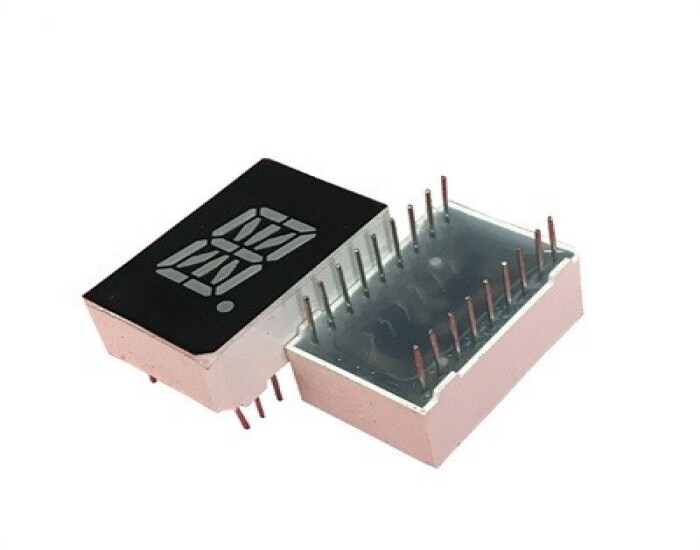
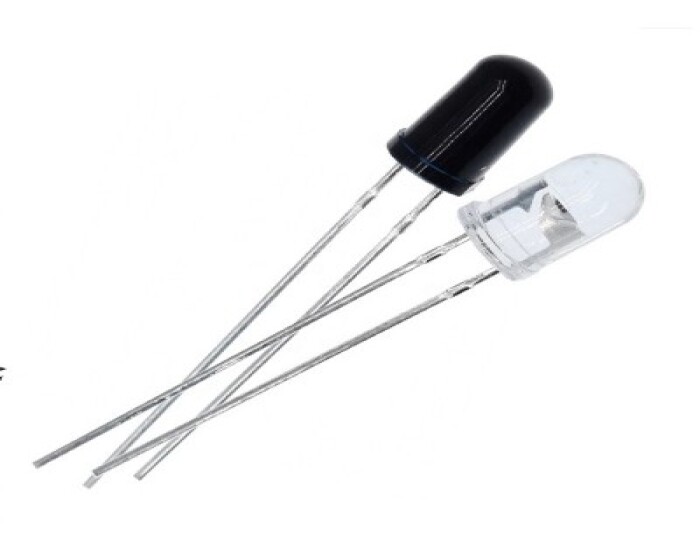
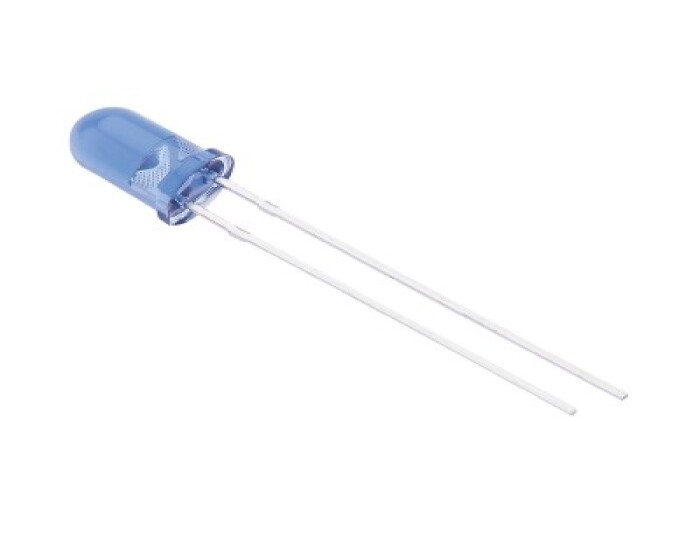
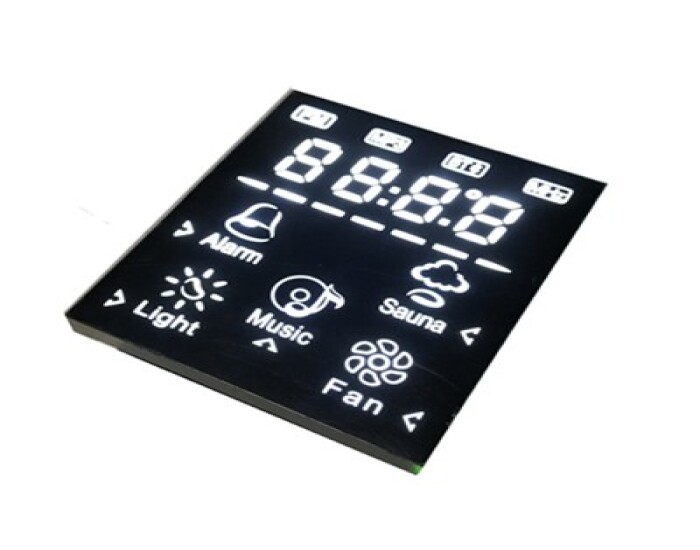
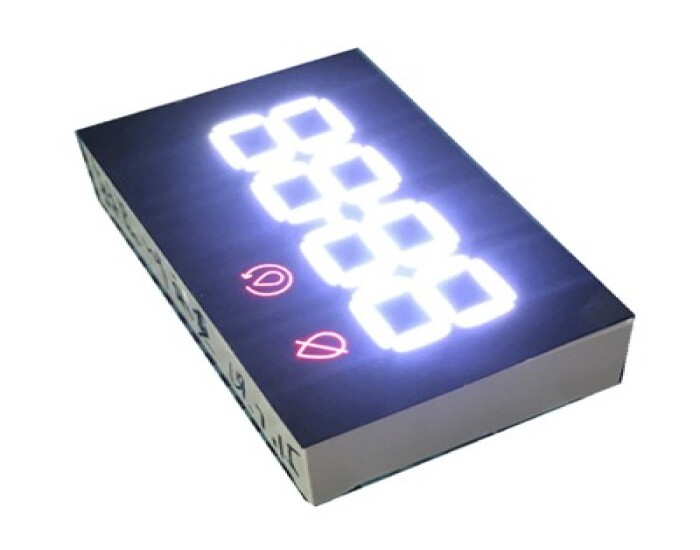
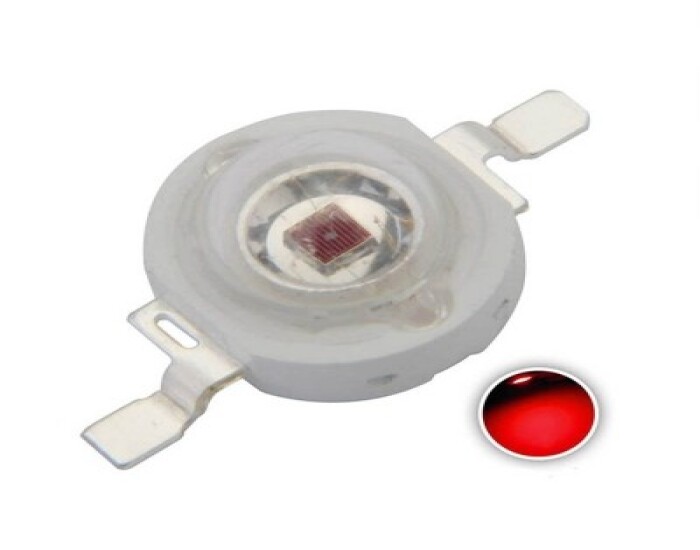
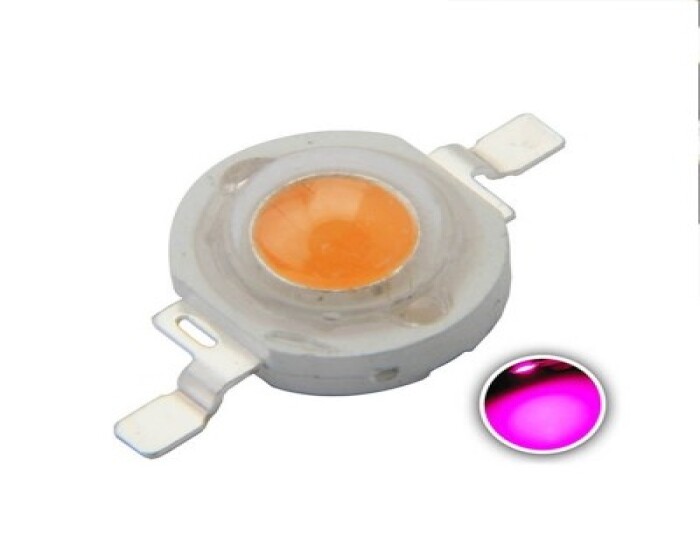
smd led identification services FAQs Guide
Are you looking for a quick review guide about smd led identificationservices?
An ultimate FAQ buying guide is available to help you.This guide contains all the information about all the important facts, figures, and various processes regarding smd led identification services.
Let’s continue!
2.About smd led identification production skills training
3.Can smd led identification be used in conjunction with smart lighting systems?
4.How do smd led identification lights differ from traditional LEDs?
5.How does the operating temperature of smd led identification affect its performance?
6.About smd led identification patent
7.What is the installation process for smd led identification?
8.What is the typical power consumption of smd led identification?
9.Can smd led identification lights be dimmed?
10.What are smd led identification lights?
11.How does smd led identification handle heat dissipation?
12.Can smd led identification be used for flashing or strobe effects?
13.Are there any color consistency issues with smd led identification?
14.Are there any environmental considerations when using smd led identification?
15.Are there any regulations or certifications for smd led identification?
1.How does smd led identification emit light compared to other types of LEDs?
Our company has many years of smd led identification experience and expertise.
SMD (Surface Mount Device) LEDs emit light in a similar way to other types of LEDs, but they have a different construction and packaging that allows for more efficient and compact use.
Like other LEDs, SMD LEDs use a semiconductor material, typically gallium nitride (GaN), to produce light when an electric current is applied. The semiconductor is sandwiched between two layers of different materials, called the p-type and n-type layers. When a voltage is applied to the LED, electrons from the n-type layer flow into the p-type layer, where they combine with positively charged holes" to produce light.
2.About smd led identification production skills training
We require all our employees to undergo three months of training. Only after successfully passing a qualified test are they allowed to work on the production line. To further ensure the quality of our goods, we have implemented diagrams along the production line, providing clear instructions and guidelines. Additionally, our HD engineers conduct monthly training sessions to keep our team updated with the latest production techniques and practices.
3.Can smd led identification be used in conjunction with smart lighting systems?
We focus on innovation and continuous improvement to maintain a competitive advantage.
Yes, SMD LED can be used in conjunction with smart lighting systems. SMD LED technology is commonly used in smart lighting systems due to its small size, energy efficiency, and ability to produce a wide range of colors. SMD LED can be controlled and dimmed using smart lighting controllers and can be integrated into smart home automation systems for remote control and scheduling. Additionally, SMD LED can be used in smart lighting systems that utilize sensors and motion detectors for energy-saving and automated lighting control.
4.How do smd led identification lights differ from traditional LEDs?
Our products & services cover a wide range of areas and meet the needs of different fields.
SMD (Surface Mount Device) LED lights are a type of LED that is mounted directly onto a circuit board, rather than being encased in a traditional bulb or package. This allows for a smaller and more compact design, as well as improved heat dissipation and durability.
Some other differences between SMD LED lights and traditional LEDs include:
1. Size and shape: SMD LEDs are typically smaller and flatter than traditional LEDs, making them more versatile for use in various applications.
2. Brightness: SMD LEDs are generally brighter than traditional LEDs, as they can be packed more closely together on a circuit board.
3. Energy efficiency: SMD LEDs are more energy-efficient than traditional LEDs, as they require less power to produce the same amount of light.
4. Viewing angle: SMD LEDs have a wider viewing angle than traditional LEDs, meaning they can emit light in a broader direction.
5. Cost: SMD LEDs are typically more expensive than traditional LEDs, due to their advanced technology and manufacturing process.
6. Color options: SMD LEDs offer a wider range of color options than traditional LEDs, including RGB (red, green, blue) and RGBW (red, green, blue, white) options.
Overall, SMD LED lights offer improved performance and versatility compared to traditional LEDs, making them a popular choice for various lighting applications.
5.How does the operating temperature of smd led identification affect its performance?
We are a professional smd led identification company dedicated to providing high quality products and services.
The operating temperature of SMD LED can affect its performance in several ways:
1. Light output: SMD LED's light output decreases as the temperature increases. This is because the heat generated by the LED can affect the efficiency of the phosphor coating, which is responsible for converting blue light into other colors.
2. Color accuracy: The color accuracy of SMD LED can also be affected by temperature. As the temperature increases, the color temperature of the LED can shift, resulting in a change in the perceived color of the light.
3. Lifespan: High operating temperatures can significantly reduce the lifespan of SMD LED. This is because the heat can cause degradation of the LED's components, such as the phosphor coating and the semiconductor material, leading to a decrease in the LED's overall performance and lifespan.
4. Efficiency: The efficiency of SMD LED can also be affected by temperature. As the temperature increases, the LED's efficiency decreases, resulting in a higher energy consumption and lower light output.
5. Reliability: High operating temperatures can also affect the reliability of SMD LED. The heat can cause thermal stress on the LED's components, leading to potential failures and malfunctions.
Overall, the operating temperature of SMD LED plays a crucial role in its performance and lifespan. It is essential to keep the LED within its recommended operating temperature range to ensure optimal performance and longevity.
6.About smd led identification patent
Over the years, we have dedicated significant resources to research and innovation, resulting in the acquisition of more than 24 patents. Our factory has been recognized as a high tech manufacturer in the Jiangsu province.
7.What is the installation process for smd led identification?
Our mission is to provide customers with the best solutions for smd led identification.
1. Gather Materials: Before starting the installation process, make sure you have all the necessary materials including the SMD LED lights, power supply, soldering iron, solder, wire strippers, and heat shrink tubing.
2. Plan the Layout: Decide on the placement of the SMD LED lights and plan the wiring layout accordingly. Make sure to measure the distance between each light and the power supply to determine the length of wire needed.
3. Prepare the Surface: Clean the surface where the SMD LED lights will be installed to ensure a strong and secure bond. If the surface is rough, use sandpaper to smooth it out.
4. Solder the Wires: Strip the ends of the wires and solder them to the positive and negative terminals of the SMD LED lights. Make sure to match the polarity of the wires to the correct terminals on the lights.
5. Connect the Lights: Once all the wires are soldered, connect them to the power supply. The positive wire should be connected to the positive terminal and the negative wire to the negative terminal.
6. Secure the Wires: Use heat shrink tubing to cover the soldered connections and secure them in place. This will prevent any short circuits and ensure a clean and professional look.
7. Test the Lights: Before permanently installing the lights, test them to make sure they are working properly. If there are any issues, double check the connections and fix any problems before proceeding.
8. Install the Lights: Once the lights are tested and working, use adhesive tape or glue to secure them in place. Make sure to follow the manufacturer's instructions for the best adhesive to use for your specific surface.
9. Connect to Power: Plug the power supply into a wall outlet and turn on the lights to make sure they are working correctly.
10. Clean Up: Once the installation is complete, clean up any excess wires and materials. Enjoy your newly installed SMD LED lights!
8.What is the typical power consumption of smd led identification?
smd led identification is not a product only, but also can help you comes to money-making.
The typical power consumption of SMD LED varies depending on the size and type of the LED. Generally, the power consumption can range from 0.05 watts to 1 watt per LED. However, some high-power SMD LEDs can consume up to 5 watts. It is important to check the specifications of the specific SMD LED to determine its power consumption.
9.Can smd led identification lights be dimmed?
Being one of the top smd led identification manufacturers in China, We attach great importance to this detail.
Yes, SMD LED lights can be dimmed. However, not all SMD LED lights are dimmable, so it is important to check the product specifications before attempting to dim them. Additionally, the type of dimmer used must be compatible with the SMD LED lights.
10.What are smd led identification lights?
Our smd led identification products undergo strict quality control to ensure customer satisfaction.
SMD LED lights are a type of LED (light-emitting diode) light that uses surface-mount technology (SMT) to mount the LED chips onto a circuit board. This allows for a more compact and efficient design, as well as a wider range of color options. SMD LED lights are commonly used in electronic devices, automotive lighting, and general lighting applications. They are known for their energy efficiency, long lifespan, and low heat emission.
11.How does smd led identification handle heat dissipation?
We have advanced production equipment and technology to meet the needs of customers, and can provide customers with high quality, low priced smd led identification products.
SMD (Surface Mount Device) LED chips are designed to handle heat dissipation in several ways:
1. Heat Sink: SMD LEDs are often mounted on a heat sink, which is a metal plate or structure that helps to dissipate heat away from the LED chip. The heat sink provides a larger surface area for heat to dissipate, allowing the LED to operate at a lower temperature.
2. Thermal Pad: Some SMD LEDs have a thermal pad on the bottom of the chip, which helps to transfer heat away from the LED and onto the heat sink.
3. Thermal Via: SMD LEDs may also have thermal vias, which are small holes in the PCB (printed circuit board) that allow heat to transfer from the LED chip to the other side of the board, where it can be dissipated.
4. Copper Traces: The PCB may also have copper traces that act as heat sinks, helping to dissipate heat away from the LED chip.
5. Encapsulation: SMD LEDs are often encapsulated in a material that helps to dissipate heat, such as silicone or epoxy. This material also protects the LED chip from external factors that could affect its performance.
Overall, SMD LEDs are designed to efficiently dissipate heat and maintain a low operating temperature, which helps to prolong their lifespan and maintain their performance.
12.Can smd led identification be used for flashing or strobe effects?
We continue to improve smd led identification products and processes to improve efficiency.
Yes, SMD LED can be used for flashing or strobe effects. SMD LED lights can be programmed to turn on and off rapidly, creating a strobe or flashing effect. This can be achieved by using a microcontroller or a specialized LED controller. Additionally, some SMD LED lights come with built-in strobe or flashing modes that can be activated with a remote control or a switch.
13.Are there any color consistency issues with smd led identification?
We have a first -class management team, and we pay attention to teamwork to achieve common goals.
Yes, there can be color consistency issues with SMD LED. This can be due to variations in the manufacturing process, differences in the materials used, and variations in the color temperature of the LED chips. Additionally, factors such as temperature, aging, and voltage can also affect the color consistency of SMD LED. To ensure color consistency, it is important to source SMD LED from reputable manufacturers and to use LED drivers that provide stable voltage and current.
14.Are there any environmental considerations when using smd led identification?
We maintain a certain amount of R&D investment every year and continuously improve operational efficiency to provide better services to our cooperative customers.
Yes, there are several environmental considerations when using SMD LED:
1. Energy Efficiency: SMD LED lights are highly energy-efficient, consuming less electricity compared to traditional incandescent or fluorescent lights. This reduces the overall energy consumption and helps in reducing carbon emissions.
2. Toxic Materials: Some SMD LED lights contain toxic materials such as lead, mercury, and arsenic, which can be harmful to the environment if not disposed of properly. It is important to recycle these lights properly to prevent these toxic materials from entering the environment.
3. E-waste: SMD LED lights are electronic devices and can contribute to the growing problem of e-waste. It is important to dispose of them properly to prevent them from ending up in landfills and polluting the environment.
4. Light Pollution: SMD LED lights can contribute to light pollution, which can disrupt the natural cycles of plants and animals and affect their behavior. It is important to use SMD LED lights responsibly and avoid unnecessary lighting to reduce light pollution.
5. Manufacturing Process: The manufacturing process of SMD LED lights can also have an impact on the environment. It requires a significant amount of energy and resources, and the disposal of waste materials can also be a concern. Choosing SMD LED lights from manufacturers with sustainable and environmentally friendly practices can help reduce the environmental impact.
6. End-of-life Disposal: When SMD LED lights reach the end of their lifespan, they need to be disposed of properly. If not recycled or disposed of correctly, they can release toxic materials into the environment. It is important to follow proper disposal guidelines and recycle SMD LED lights to reduce their environmental impact.
15.Are there any regulations or certifications for smd led identification?
We continue to invest in research and development and continue to launch innovative products.
Yes, there are several regulations and certifications for SMD LED (Surface Mount Device Light Emitting Diode) products. These include:
1. RoHS (Restriction of Hazardous Substances) Directive: This regulation restricts the use of certain hazardous substances in electrical and electronic equipment, including SMD LED products.
2. CE (Conformité Européenne) Marking: This is a mandatory conformity marking for products sold in the European Economic Area (EEA) and indicates that the product meets all applicable EU directives, including those related to safety, health, and environmental protection.
3. UL (Underwriters Laboratories) Certification: UL is a global safety certification company that tests and certifies products for compliance with safety standards. SMD LED products can be UL certified to ensure their safety and quality.
4. Energy Star Certification: This is a voluntary program run by the U.S. Environmental Protection Agency (EPA) that certifies energy-efficient products, including SMD LED lighting products.
5. ISO (International Organization for Standardization) Standards: ISO has developed several standards related to LED lighting, including ISO 9001 (quality management), ISO 14001 (environmental management), and ISO 50001 (energy management).
6. Ingress Protection (IP) Rating: This is a standard that rates the level of protection provided by a product against solid objects and liquids. SMD LED products may have an IP rating to indicate their resistance to dust and water.
7. LM-80 and TM-21 Standards: These are industry standards for measuring the lumen maintenance and projected lifetime of LED products, respectively.
It is important to note that not all SMD LED products may have all of these certifications or comply with all regulations. It is recommended to check the product specifications and certifications before purchasing to ensure compliance with relevant standards.
INQUIRY
CATEGORIES
LATEST NEWS
CONTACT US
Name: Ms.Wendy
Mobile:0086-15861679389
Tel:0086-81725657
Whatsapp:0086 17386542651
Email:info@arktechcn.com
Add:8# HengDa CaiFu Center, JinKai Industrial Area, Wuci City, Jiang Su, China





